Frederick Trump: the life and wealth of Donald Trump's German grandfather
How Frederick Trump changed the course of America
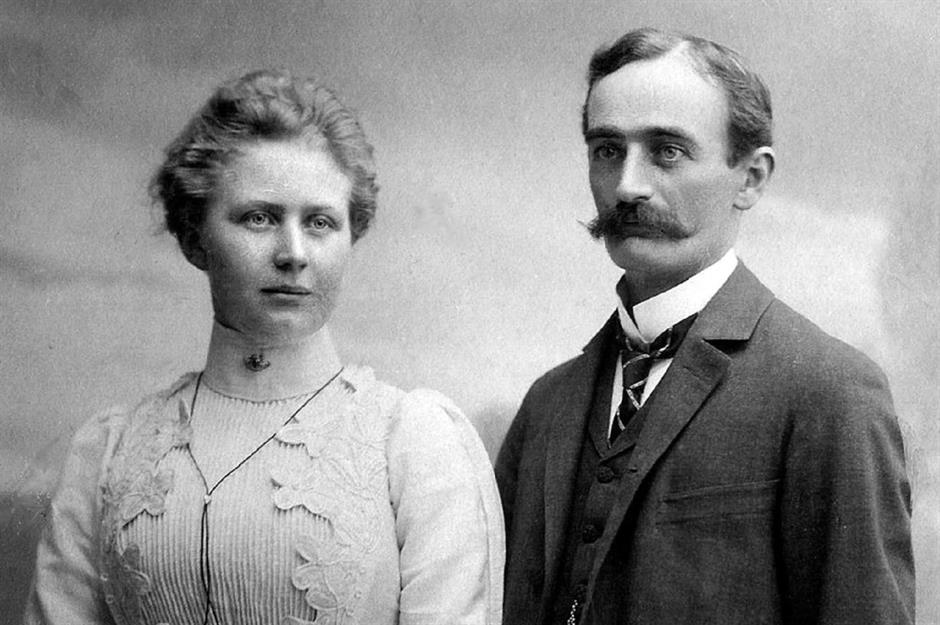
Donald Trump might seem as all-American as it’s possible to be, but just over 150 years ago the Trump clan lived modestly in the German state of Bavaria.
The family real estate empire was kickstarted by the US president’s paternal grandfather Frederick, who emigrated to America aged 16. From running a brothel to succumbing to one of the world’s deadliest pandemics, read on to discover the incredible story of the man who bulit the foundations of the Trump business empire. All dollar values in US dollars.
Family roots
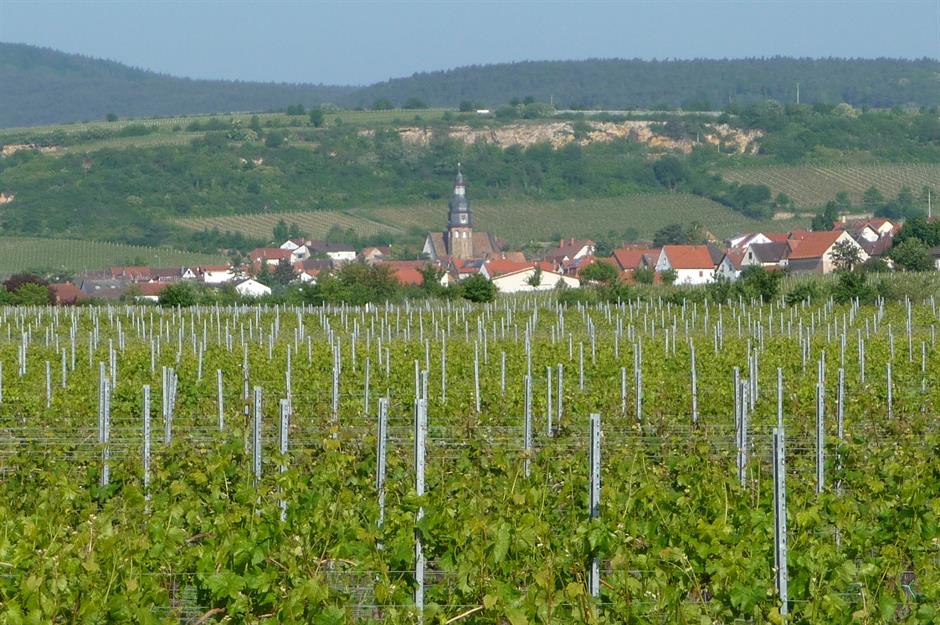
Frederick was born in the village of Kallstadt, Bavaria in 1869. His parents Christian and Katharina Drumpf gave him the name Friedrich, which he later anglicised due to anti-German sentiment in the US.
The ancestral home of both the Trump family and the Heinz food-processing family, Kallstadt was once a poor area, with an economy that relied mainly on wine production.
Friedrich's early life
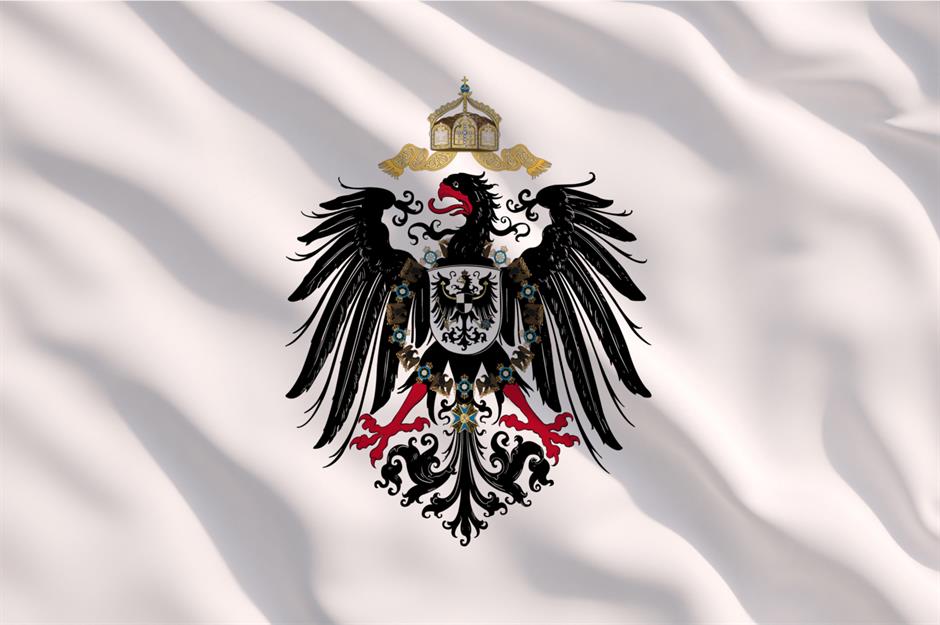
Friedrich’s early life was shaped by political and personal upheaval. The state of Bavaria became part of the German Empire in 1871 when Friedrich was two years old, and six years later his father Christian passed away after a decade-long struggle with emphysema. This left the family strapped for cash.
Training as a barber
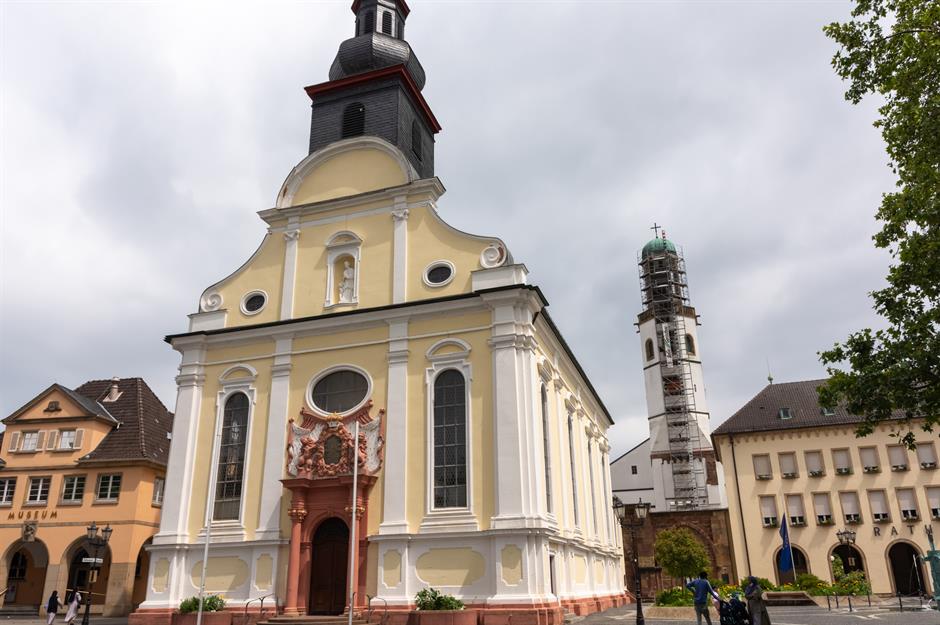
While Friedrich’s five siblings all went to work in the wine industry, Friedrich himself was considered too frail for physical labour.
Instead, his mother encouraged him to go to the town of Frankenthal (pictured) to work as a barber’s apprentice. This might have been considered less demanding than working in the grape fields, but it was still intense. Friedrich reportedly worked seven days a week for over two years before finally returning home to Kallstadt.
Setting sail on the SS Eider
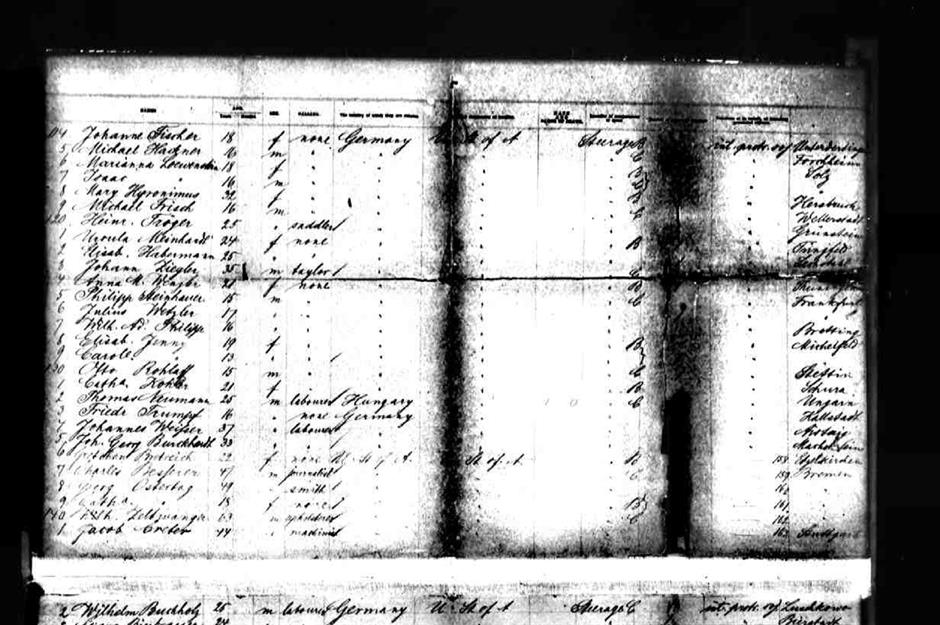
With around 1,000 residents, Kallstadt must have seemed quiet after the hustle and bustle of Frankenthal – and as he approached the age where he would be conscripted into the Imperial German Army, Friedrich decided to choose another path.
At 16 years old, he waved "auf Wiedersehen" to his home country and set sail for America on the SS Eider in the hope of breaking into the world of business. Pictured is the passenger list from the journey; on the 20th line is written "Freidr. Trumpf".
Life in the land of plenty

Because he hadn't completed Bavaria's mandatory two-year military service, Friedrich wasn't legally allowed to emigrate from Bavaria. But the USA had no problem with accepting German immigrants. The year Friedrich left for New York, he was reportedly one of around a million Germans who made the journey.
His older sister Katharina had also emigrated a couple of years before and Friedrich, pictured here in 1887, moved in to her home on the Lower East Side of Manhattan. According to Trump biographer Gwenda Blair, Friedrich happened to meet a German-speaking barber almost instantly and started working for him.
Heading west
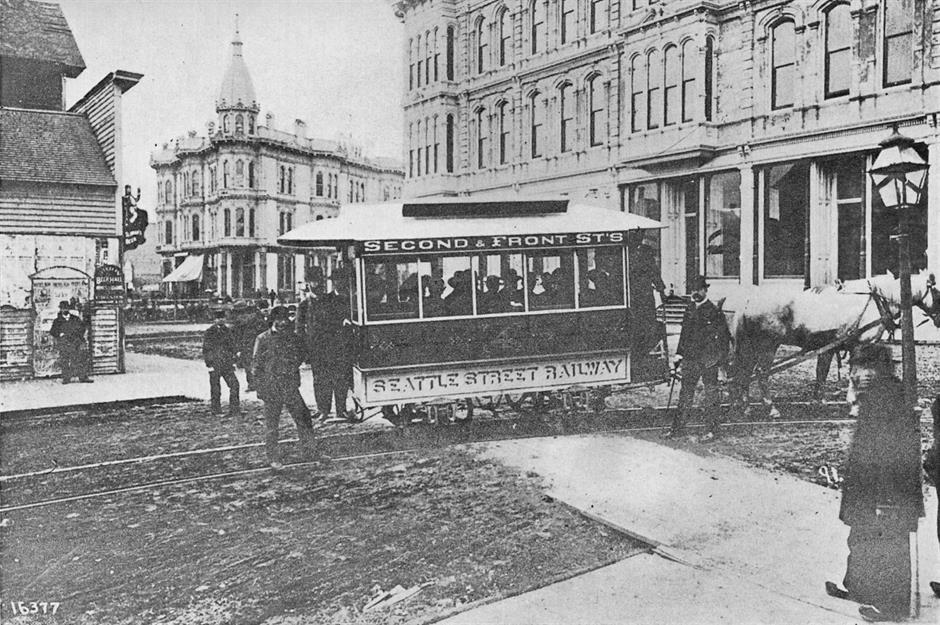
In 1891, after working as a barber for six years, Friedrich – by now calling himself Frederick Trump – decided to move west to Seattle, Washington
Washington had only recently become a state, having joined the Union in 1889. Frederick poured his life savings into buying a small restaurant called the Poodle Dog, which operated as a brothel and offered "rooms for ladies", which was slang for prostitution. Trump changed its name to the Dairy Restaurant but kept its original function, which was described by Blair as the provision of "food, booze and easily available sex". Seattle is pictured here in 1884, seven years before Frederick arrived.
The Monte Cristo gold rush
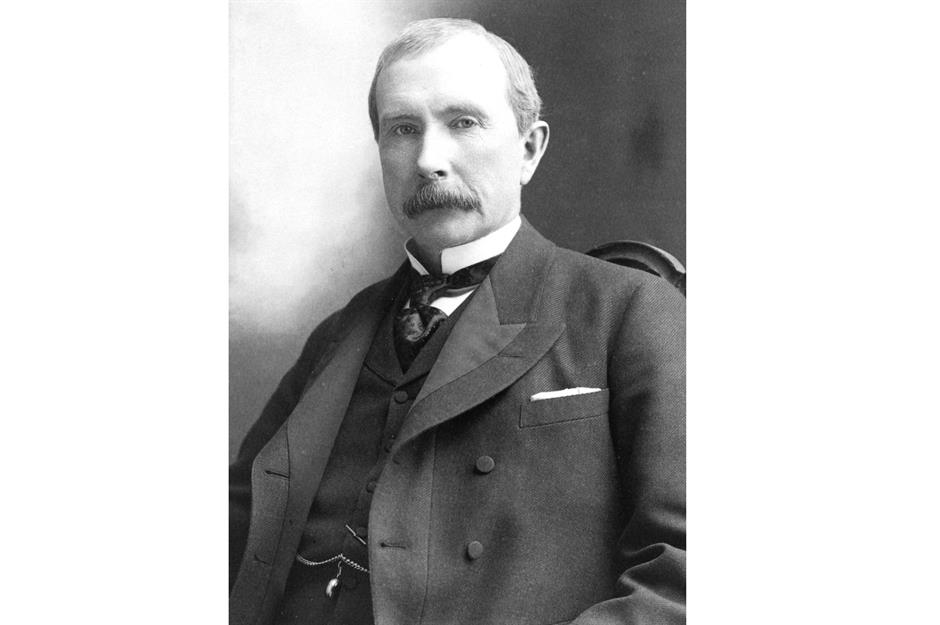
Now a US citizen, Frederick was able to vote in Washington's first presidential election in 1892, 125 years before his grandson would be named the 45th American president.
Just two years later, he was on the move again. The discovery of gold and silver deposits in Monte Cristo, Washington caused a flurry of interest in the small town, which was further heightened by rumours that John D. Rockefeller (pictured), then the richest man in the country, had apparently invested in mining in the area.
Frederick sold the Dairy Restaurant and moved to Monte Cristo – but it wasn't gold he was after. Instead, he bought a patch of land, filed a spurious gold placer claim that gave him the exclusive rights to it, and built a new hotel, restaurant, and brothel to cash in on the number of miners passing through the area.
Shutting up shop
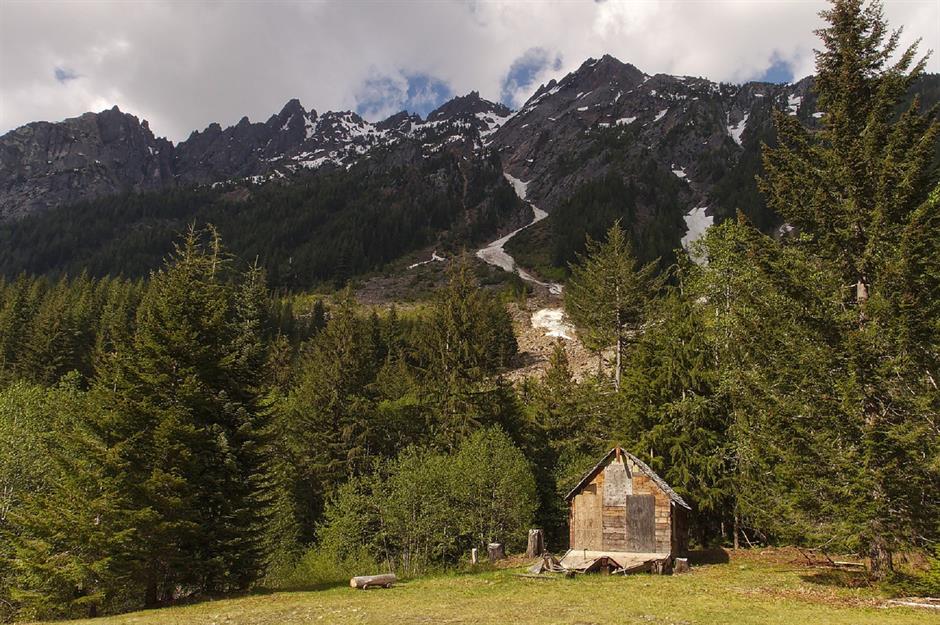
After a few years, it became clear that Monte Cristo wasn't as rich in gold and silver as people had believed. Frederick decided to quit while he was ahead, packing up and returning to Seattle.
According to Blair, this quick thinking meant that he was one of the few people who had managed to make a profit from the supposed gold rush besides Rockefeller himself. Today, Monte Cristo (pictured) is a ghost town after its last business burnt down in the 1980s.
Gold! Gold! Gold! Gold!
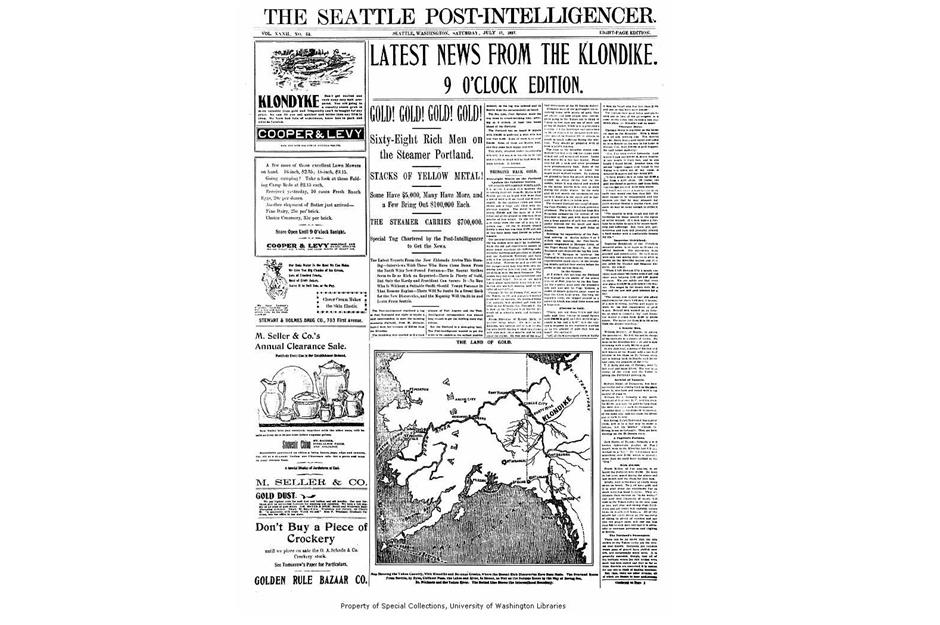
Frederick wasn't unemployed for long. On 17 July 1897, the Seattle Post-Intelligencer proclaimed that "Gold! Gold! Gold! Gold!" had arrived on steamers from Yukon, Canada. Now known as the Klondike Gold Rush, this sparked a frenzy with around 100,000 people making the perilous journey north before 1899.
Again, Frederick had no intention of digging for gold himself; the disappointment of prospective miners in Monte Cristo had shown that hunting for the precious metal could be a fruitless pursuit. Instead, he stuck to what he knew and travelled to Yukon to open a hotel and brothel that was located right beside the gold rush trail.
The "best restaurant in Bennett"
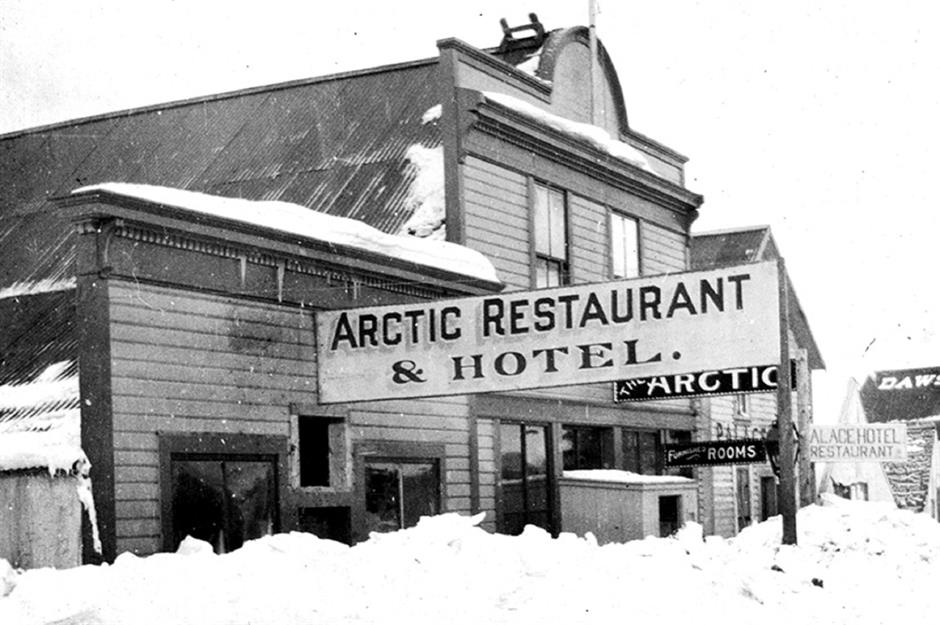
In May 1898, Frederick opened the Arctic Restaurant and Hotel (pictured) in the town of Bennett, British Columbia.
A newspaper reporter at the time described the hotel as having "excellent accommodations as well as the best restaurant in Bennett, but I would not advise respectable women to go there to sleep as they are liable to hear that which would be repugnant to their feelings – and uttered, too, by the depraved of their own sex". It's said that the Arctic kept scales in the bedrooms so miners could weigh out gold dust to pay the prostitutes.
The "best restaurant in Bennett"
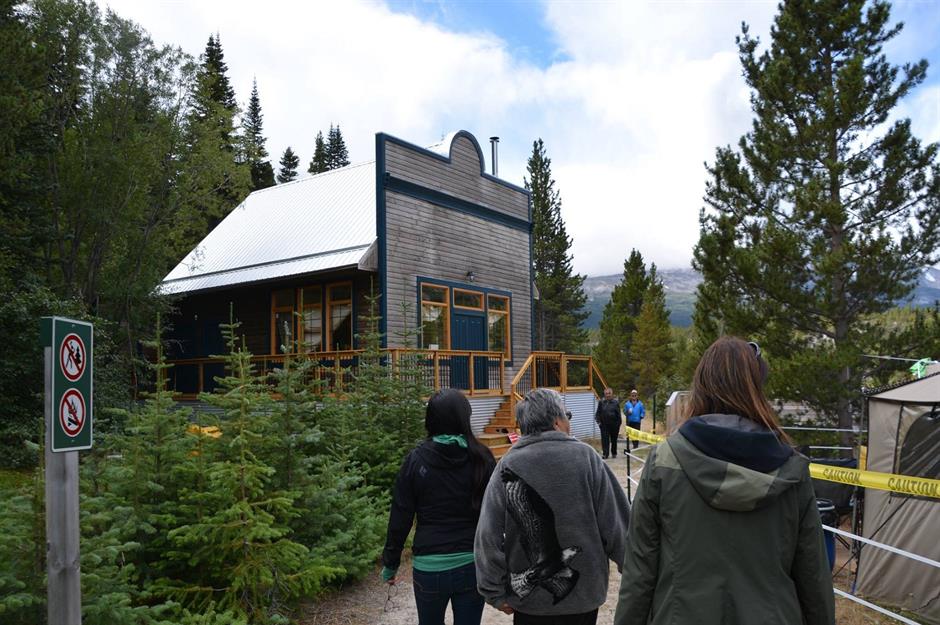
Frederick's time in Yukon was short-lived but successful. In 1901, the local authorities started introducing measures to curb prostitution, liquor, and gambling – the cornerstones of the Arctic Restaurant and Hotel.
As in Monte Cristo, he didn't wait to find out whether or not his business would fail. Instead, he packed up and headed south, taking what Gwenda Blair describes as "a hefty nest egg" with him. The Arctic Restaurant is pictured here in 2017, when Parks Canada and Carcross Tagish First Nation announced a joint effort to restore the site and turn it into a tourist destination.
Marriage to Elisabeth Christ
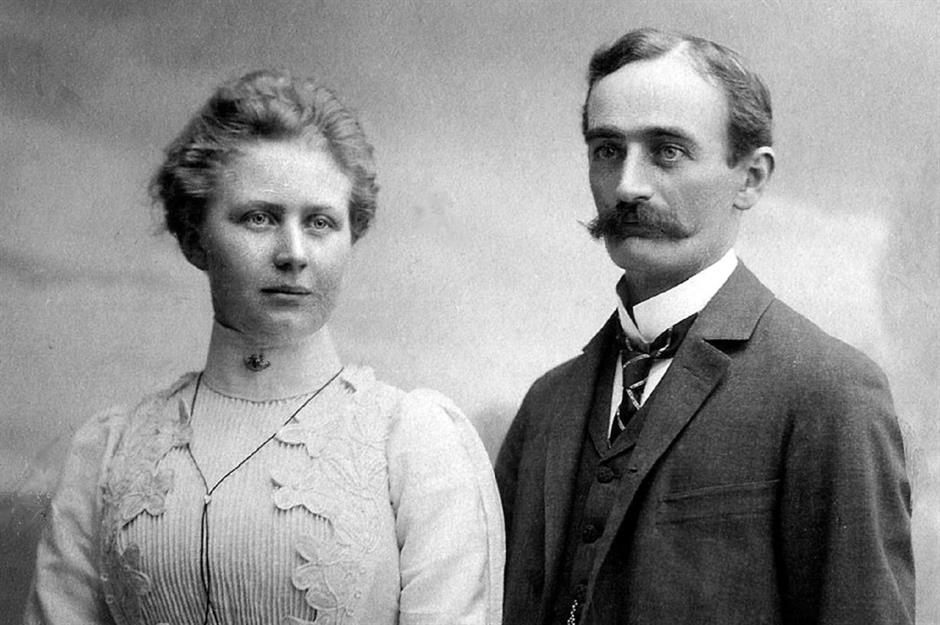
During a trip back to Bavaria in 1901, Frederick proposed to Elisabeth Christ, a neighbour who'd been just five years old when he had emigrated to America. They wed against the wishes of Frederick's mother, who thought her now-wealthy son could marry a woman with a higher social standing. The couple moved back to New York in 1902, where they lived in a German neighbourhood in the Bronx and welcomed their first child Elizabeth two years later.
But Elisabeth struggled to adapt to her new life. She was so homesick that the Trumps briefly moved back to Kallstadt – but when the authorities realised that Frederick hadn't completed his military service, they were deported back to New York.
A family of five
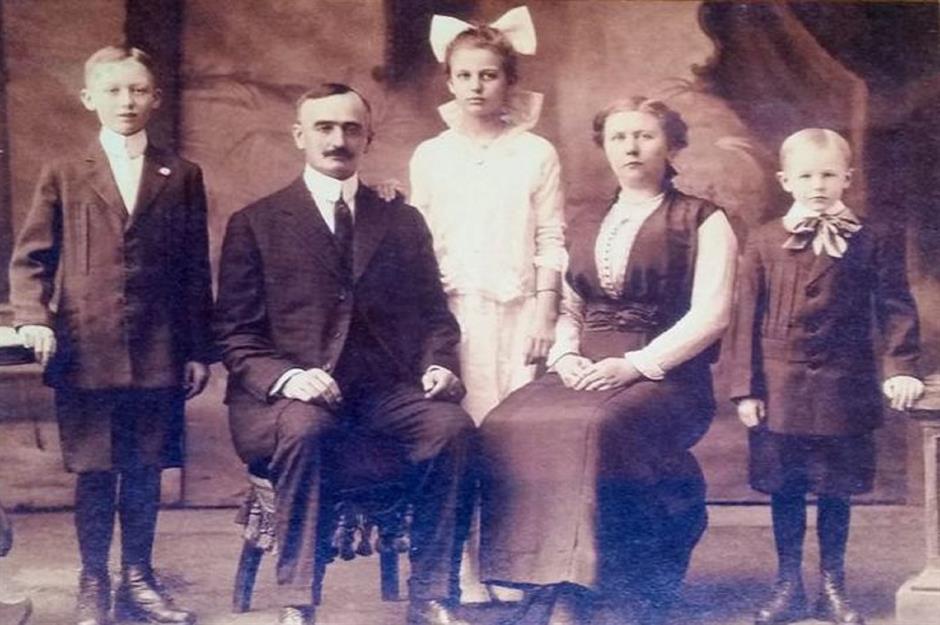
Back in New York, the Trumps welcomed two more children. Fred, who would grow up to become the father of Donald, was born in 1905, while John was born in 1907.
The family originally settled in the Bronx, where Frederick returned to work as a barber and hotel manager. But the entrepreneurial spirit that had taken him to Monte Cristo and Yukon hadn't left him. On the lookout for new opportunities, Frederick set his sights on the then-underdeveloped borough of Queens and moved his family there shortly after the birth of John. The Trump family is pictured here in around 1915.
The rise of a real estate empire
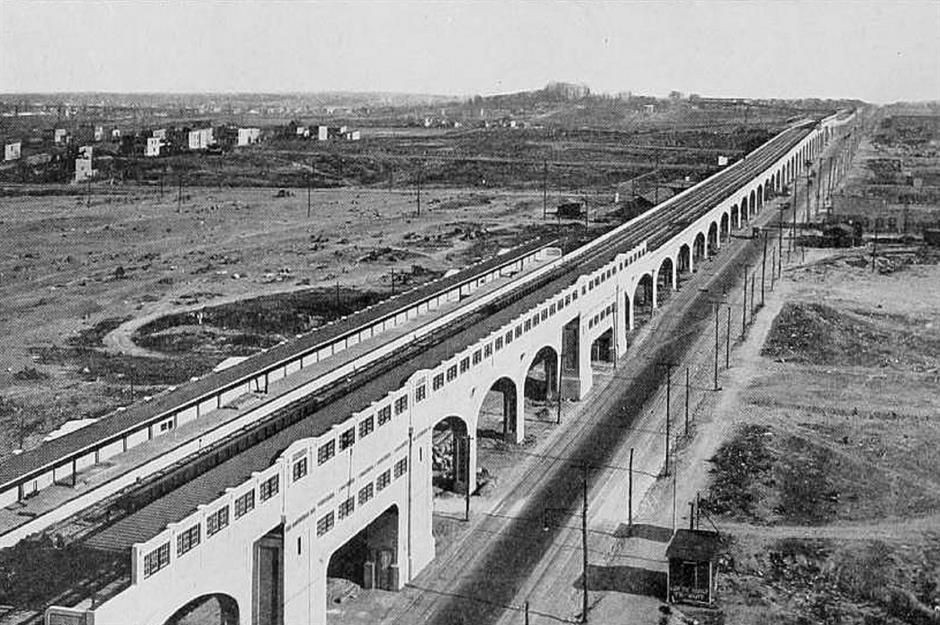
In Queens, Frederick started buying property on Jamaica Avenue in Woodhaven. Over the next decade, he amassed a small real estate portfolio that included offices, hotels, and rental accommodation.
Queens Boulevard is pictured here in 1920 when it was still under construction; the thoroughfare now terminates at Jamaica Avenue.
Unexpected tragedy
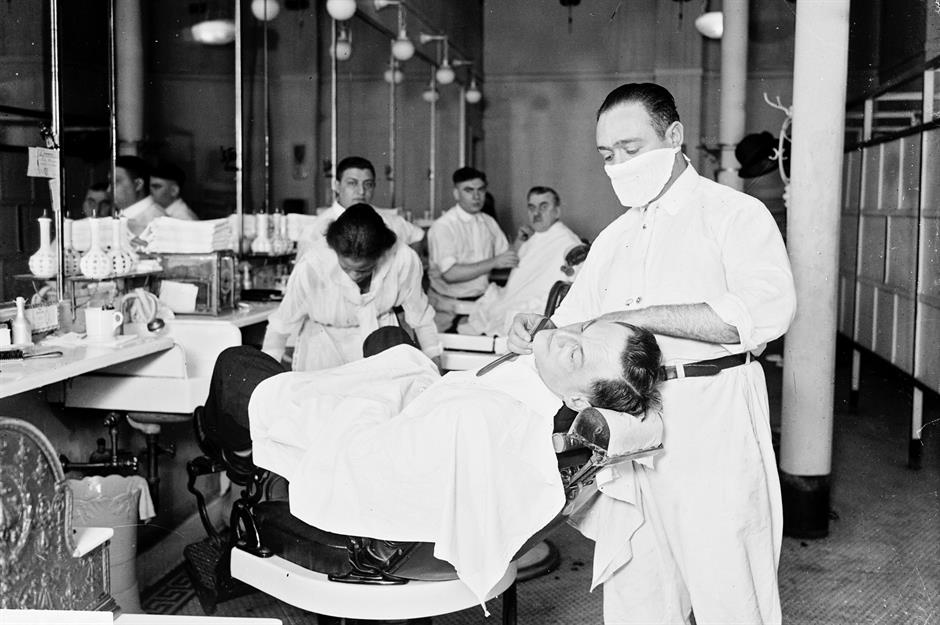
In 1918, tragedy struck. Frederick was reportedly walking through New York with his son Fred when he became ill and was rushed home to bed. He died the very next day, just two months after his 49th birthday.
Although his family didn't realise it at the time, Frederick was one of the earliest victims of the 1918 "Spanish flu" influenza pandemic, which would go on to claim somewhere between 50-100 million lives around the world over the next two years.
This picture shows a barber in Illinois, Chicago in 1918 wearing an influenza mask as he serves a customer.
The first Trump family legacy
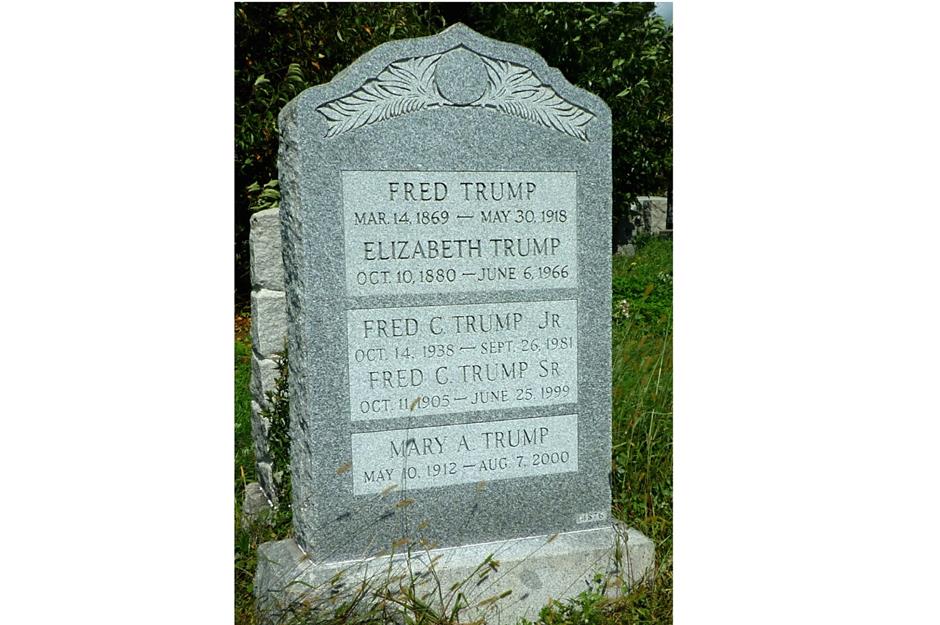
Unlike his father Christian, Frederick didn't leave his family to struggle financially. By the time of his death, the former barber's apprentice had amassed an impressive estate of around $31,359, which is the equivalent of around $600,000 (£458k) in today's money.
From father to son
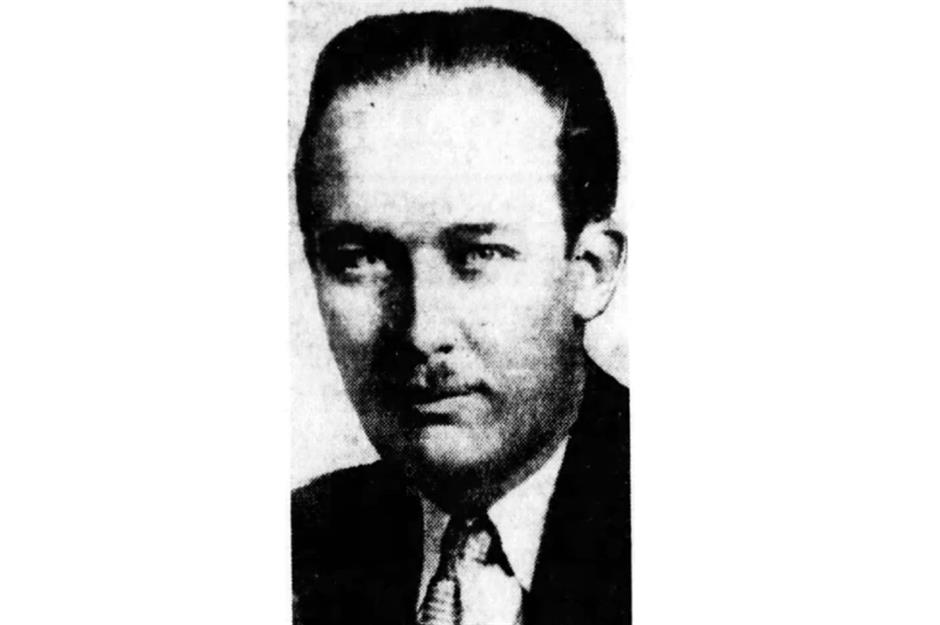
With Frederick gone, the family's real estate investments were passed on to Elisabeth and Fred (the latter is pictured here in 1940). Despite her initial reluctance to move from a small Bavarian village to New York, Elisabeth took to the world of business immediately, operating under the name E. Trump to conceal her gender. When Fred was old enough to join her, she changed the firm's name to E. Trump & Son.
The company would go on to become the Trump Organization in the early 1970s, by which time Fred had distinguished himself as a New York real estate tycoon – or the "Henry Ford of the home-building industry", as one newspaper described him.
Marriage to Mary Anne MacLeod
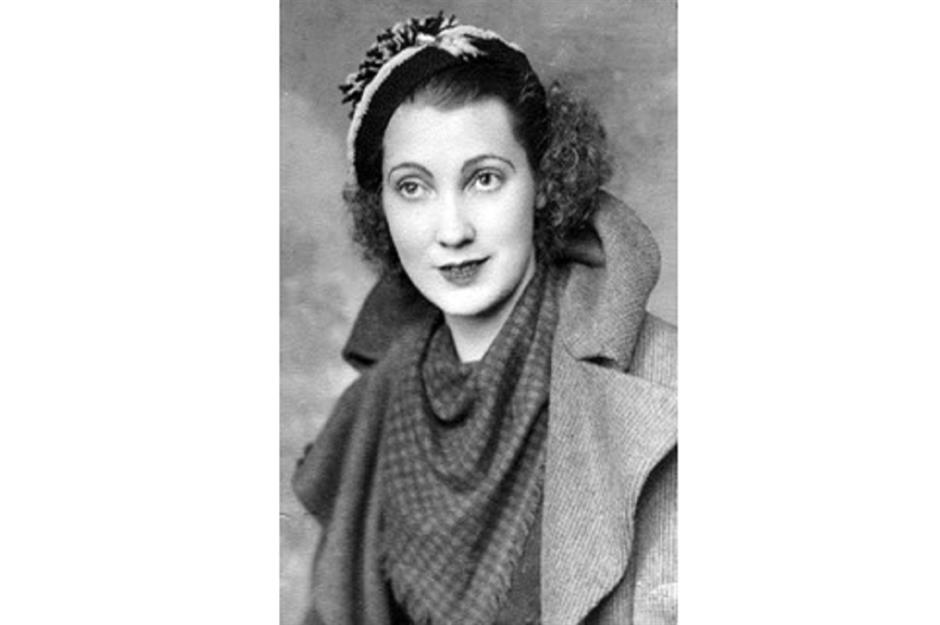
In the 1930s Fred met Mary Anne MacLeod (pictured), a Scottish immigrant whom he encountered at a party in New York.
The couple got married in 1936 and settled in Jamaica, Queens. Ten years after their wedding, they were living in a home in Jamaica Estates that Fred had built through the family real estate business.
In 1951, he also bought the lot next door and merged the two properties into an enormous 23-room mansion where he and Mary Anne lived for the rest of their lives.
The birth of a future president
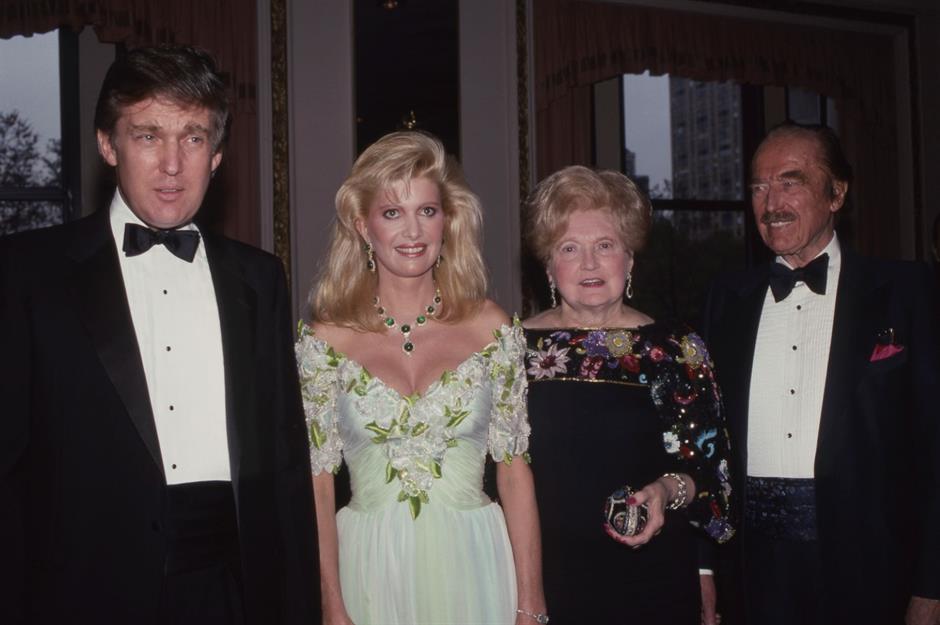
Donald Trump was born on 14 June 1946, Fred and Mary Anne's fourth child. Donald's older brother, Fred Jr., was expected to help run the family business but chose instead to become an airline pilot, much to his father's derision.
This left Donald to assume joint control of the Trump Organization. Fred and Mary Anne MacLeod are pictured here with their son and his first wife Ivana in 1987.
Denying his roots

Despite the role Friedrich Trump played in kickstarting the family's fortunes, Fred and Donald were both keen to distance themselves from his brothel-keeping days. Anti-German sentiment in the US, particularly during World War II, also prompted the Trumps to claim that their Bavarian-born forefather was actually Swedish.
But although he died while his real estate business was still in its infancy, it's clear the ambitious Frederick left quite the legacy – and modern American politics would arguably have looked very different without him.
Now discover how Donald Trump makes and spends his money
Comments
Be the first to comment
Do you want to comment on this article? You need to be signed in for this feature